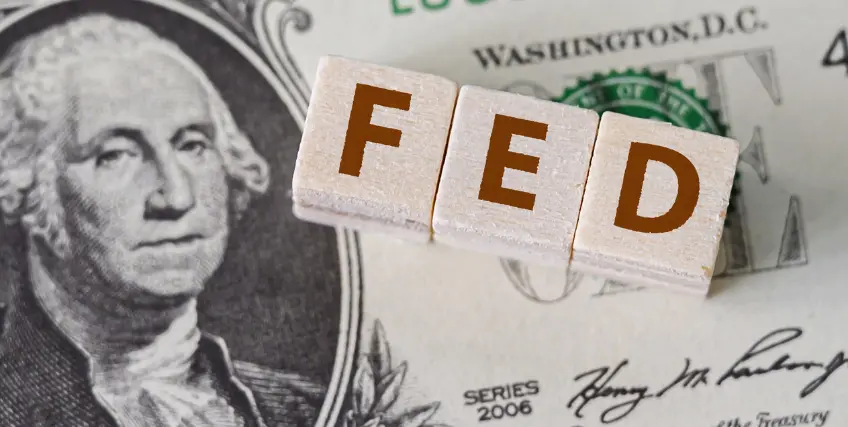Federal Reserve Maintains Interest Rates Amid Economic Uncertainty
March 21, 2025 | Last Updated on: March 21, 2025

In a widely anticipated move, the Federal Reserve announced today that it will maintain its benchmark interest rate within the current range of 4.25% to 4.50%. This decision mirrors the last decision from the Fed in January, but touches on rising uncertainty for consumers and businesses.
Here’s what you need to know, and what to expect going forward.
The Fed’s Decision and Position
Fed Chair Jerome Powell and the Fed’s policy direction remains unphased by the economic and political noise of recent weeks. Powell said earlier this month: "We do not need to be in a hurry and are well-positioned to wait for greater clarity."
During the press conference on Wednesday, Jerome Powell stated inflation remains somewhat elevated above its 2% goal, which remains a top concern for small business owners.
However, the central bank marked down its growth projections for the year as tariffs, government layoffs, moderated consumer spending, and geopolitical tensions create economic uncertainty.
How Small Businesses Should Consider This News
Interest rates will continue to be a significant focus for small business owners as the Fed adjusts to the new administration, along with President Trump publicly advocating for lower rates. Small business owners should know that interest rates are likely to remain stable throughout the year, with one to two rate cuts projected by investors. These cuts are estimated to be 25-basis points each, meaning that rates are projected to drop by 0.50% between now and the end of the year. Some are saying the first rate cut could come as soon as June. However, this could change as economic conditions shift.
Uncertainty remains palpable for small businesses. “Uncertainty is high and rising on Main Street – and for many reasons. Those small business owners expecting better business conditions in the next six months dropped, and the percentage viewing the current period as a good time to expand fell but remains well above where it was in the fall. Inflation remains a major problem, ranked second behind the top problem, labor quality,” said NFIB Chief Economist Bill Dunkelberg. These conditions, along with compressed earnings as shown in our Small Business Earnings Report, present a case where small businesses could benefit from business financing options.




